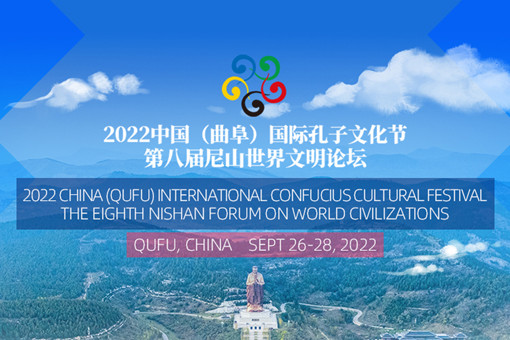UNESCO adds Weifang to Creative Cities Network

Tourists visit a scenic area in Weifang, Shandong province on Oct 5. [Photo/IC]
Weifang, Shandong province, has been added to UNESCO's Creative Cities Network as a Crafts and Folk Arts City, becoming the latest Chinese city in the group.
Cities added to the network are "placing culture and creativity at the heart of their sustainable urban development", UNESCO said on its Weibo social media account on Monday.
Weifang, with a population of 9.38 million, currently has guqin, a traditional Chinese stringed musical instrument, and paper-cutting listed as masterpieces of Oral and Intangible Heritage of Humanity by UNESCO.
Among the city's 17 national-level intangible cultural heritages, 10 are crafts and folk arts, such as kite-making techniques and woodblock New Year paintings, according to the city government.
"I was happy and proud when I heard the news because it's recognition for people in Weifang who have been persevering in quality crafts for generations," said Wang Yongxun, 49, who has been making kites for three decades in Weifang.
"I will continue disseminating the kite-making handicrafts among the public, especially the young people."
Weifang has been integrating cultural creativity into resources promoting the city's overall development, said Su Lijun, a researcher from the city's culture and tourism bureau.
Taking the kite sector as an example, the city now has more than 300 kite-making enterprises, generating 2 billion yuan ($310 million) worth of kites every year. Kites produced in the city are sold to over 40 countries and regions, according to the city government.
The kite industry has become a way to enrich rural life. Over 60,000 people in the city's rural areas work in the kite industry in jobs such as painting and design.
In Wangjia Zhuangzi village, half of the village's 4,500 people make kites, and more than 80 enterprises are involved in the industry in the village, which makes over 80 million kites a year.
An annual international kite festival that started in 1984 has become an international cultural and sports event and an important platform to promote international exchanges and cooperation, Su said.
"The next step will see Weifang make cultural creativity an important driving force for urban sustainable development," Su said.
"We will make efforts to develop the city into a global highland of handicrafts by developing a complete crafts and folk arts industry chain."

 Nishan Forum on World Civilizations
Nishan Forum on World Civilizations Explore magnificent Yellow River culture in Shandong
Explore magnificent Yellow River culture in Shandong

